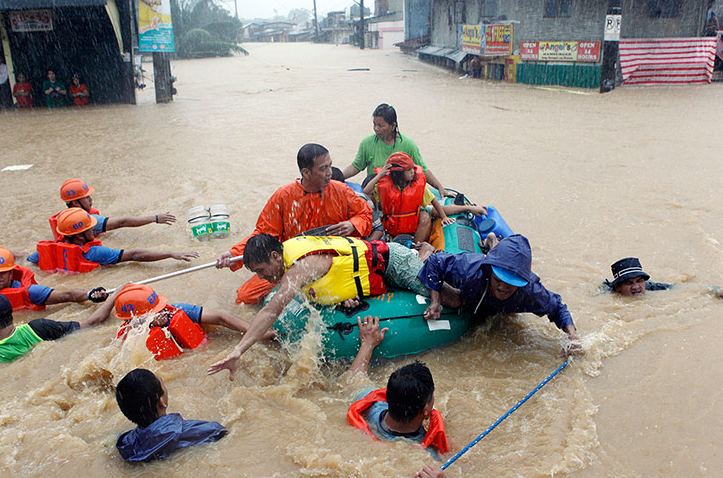In August 2012, Metro Manila and its environs experienced the effect of an enhanced Southwest monsoon season (locally known as habagat) which brought continuous heavy rains over a few days. Many called the disaster a “disaster with no name” as there was no associated tropical cyclone activity that was responsible for the resulting floods and damages from the rainfall.
In an effort to help the flood-prone community of Banaba, Rizal understand that climate change may make these extremes the “new normal”, scientists from the Manila Observatory and DRR practitioners from the Ateneo School of Government conducted a dialogue with the community. Some members of the community kept returning to the hazardous areas where their homes were, despite the continuous heavy rains-putting them at peril and creating the need for repeated rescue.
The community and the scientists discussed the new challenge the community faced: climate change was affecting the normal thresholds of the community to withstand and recover from flood and rain-related hazards. The dialogue resulted in the agreement that people should not only remove people temporarily but consider more long-term approaches to building safer communities away from high-risk places. Ka Noli Abinales, a community leader of grassroots group Buklod Tao in Banaba, used the information from this dialogue in his advocacy in urban poor communities to really start looking at vulnerability to take a proactive approach to disaster risk reduction and management.

